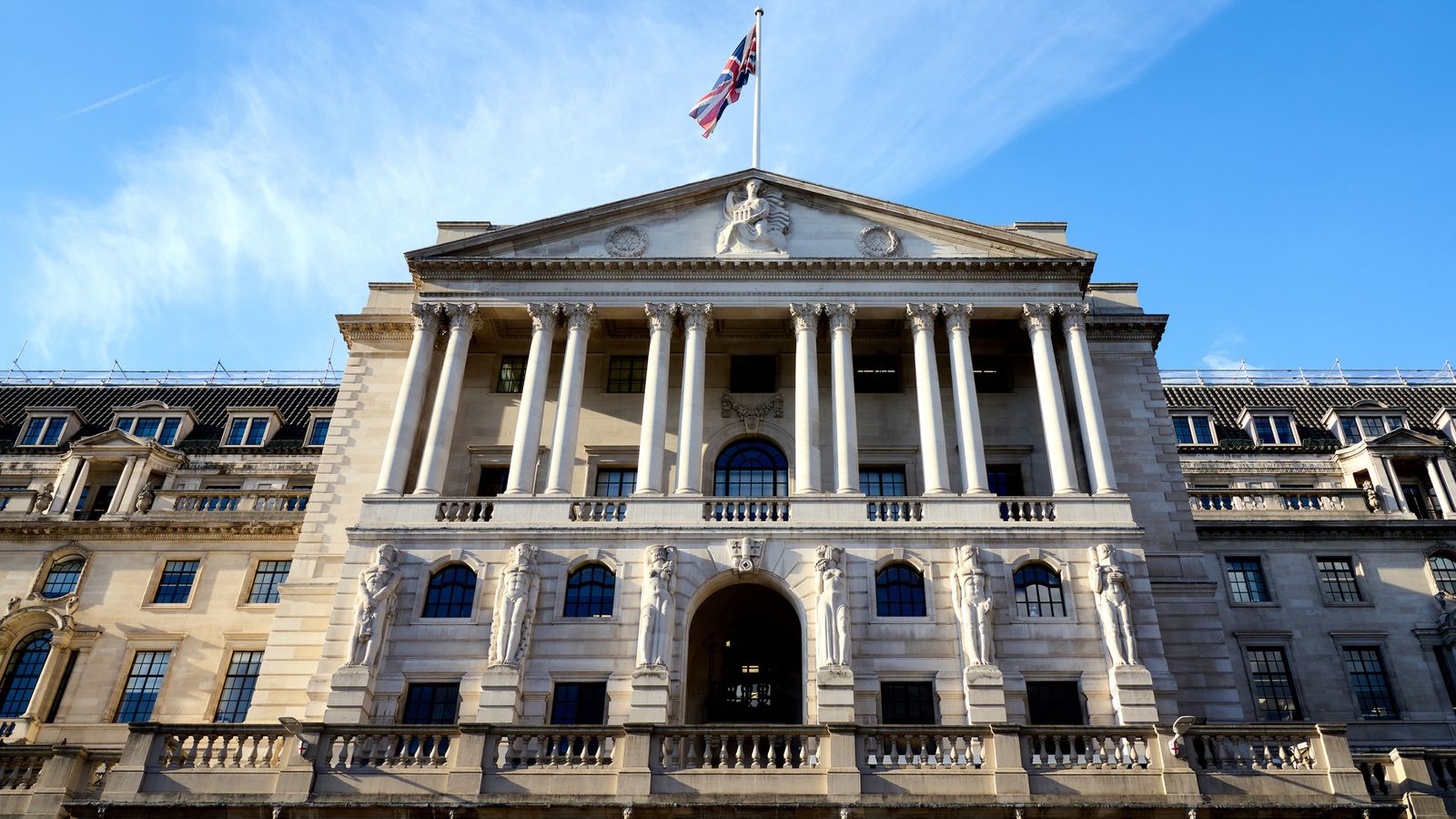Rising interest rates mean quantitative easing costs £50bn more

The UK government will have to absorb losses of £150bn on the Bank of England’s quantitative easing programme over the next 10 years, new forecasts show.
In a report published on Tuesday, the Bank of England said rising interest rates had added an extra £50bn to its projections of the cost of unwinding its bond-buying programme.
The Bank of England purchased £875bn worth of bonds under its quantitative easing (QE) programme to stimulate the economy in the aftermath of the financial crisis in 2009.
As part of this process, the Bank of England created electronic money to pay for bonds. It pays interest on this money – also known as central bank reserves – in line with the bank rate, which is currently at 5%.
Read more:
Why Britain’s debt makes it far more vulnerable than its global peers
Bank of England ends one of the most remarkable economic exercises in history: quantitative easing
In an era of low interest rates, this arrangement allowed it to generate profits because the interest paid on the reserves was lower than the interest received on the bonds purchased through QE.
George Osborne, the chancellor at the time, decided in 2012 that the money should flow back to the Treasury.
This boosted the public finances, because in 2012 Mr Osborne decided the profits from QE should be used to reduce government debt, yielding around £120bn.
However, a sharply rising bank rate has reversed those fortunes.
Between 2009 and 2022, the Bank of England paid the government £124bn pounds in profits.
“Looking ahead, future cash flows are uncertain and highly sensitive to the assumptions used for market interest rates and how quickly the portfolio is unwound,” the Bank said in its report.
It comes at a time when the Bank is unwinding its QE programme by selling bonds purchased under the scheme.
However, rising interest rates are pushing down bond prices, which is leaving the Bank exposed to losses.
For all the latest business News Click Here

